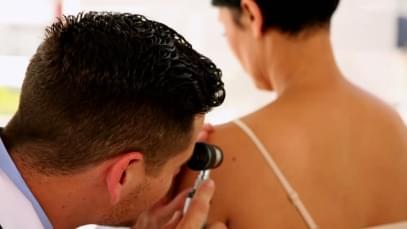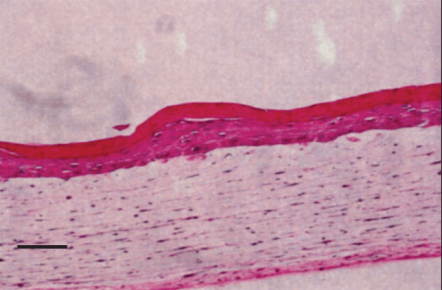Skin

Skin is the largest and the most visible organ of the human body. The skin consists of two layers: the epidermis and the dermis, and beneath the dermis lies the hypodermis or subcutaneous fatty tissue. The primary function of the skin is to act as a barrier, and the skin regulates many aspects of physiology and contains an extensive network of nerve cells that detect and relay changes in the environment.
The function of skin makes itself a good route for delivering drugs. Pharmaceutical companies are seeking suitable ways to screen better drug formulations for many skin disorders and diseases such as skin irritation, skin corrosion, psoriasis, wound healing, percutaneous absorption and so on.
Cosmetic companies are also interested in skin testing in order to screen better formulations or evaluate the product safety as cosmetic products have become a very essential element in people’s daily life.
Traditional method failed to fulfill the demands of high-efficient evaluating of skin drugs and products in the early screening stage due to limited number of skin specimens and the strict ban of animal use in testing.
However, advances had been made towards the use of in vitro human skin equivalents/models for dermal drug and cosmetic product testing. Creative Bioarray provides in vitro dermatology drug test services and in vitro cosmetic test services by using in vitro human skin tissue models.
Dermatology

Creative Bioarray provides in vitro skin assays to help industries to develop better Dermatological formulations and products in preclinical stage. Learn more...
Cosmetics

Cosmetics are substances or products have become an essential element in our daily life. Creative Bioarray provides in vitro skin assays for serving personal care, and for helping industries to develop better cosmetic formulations and products. Learn more...
In vitro Skin Models

In vitro skin models are constructed from normal human keratinocytes cultured on an inert polycarbonate filter at the air-liquid interface, in a chemically defined medium. The Creative Bioarray skin tissue models are very similar to human skin in terms of morphology, of differentiation markers and of functional characteristics. Learn more...
Quote and Ordering
Our customer service representatives are available 24hr a day! We thank you for choosing Creative Bioarray services!